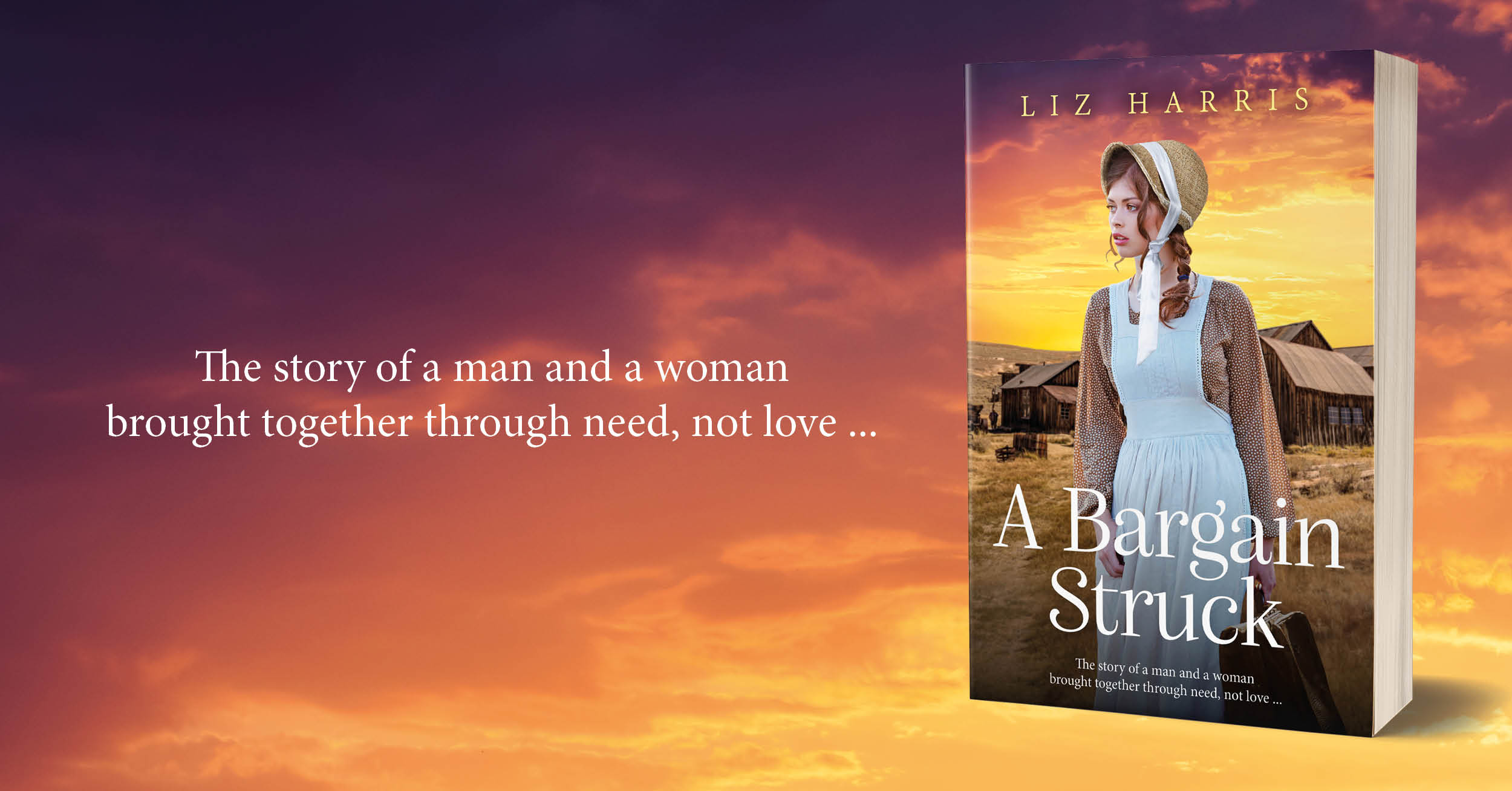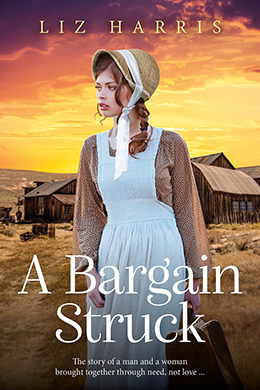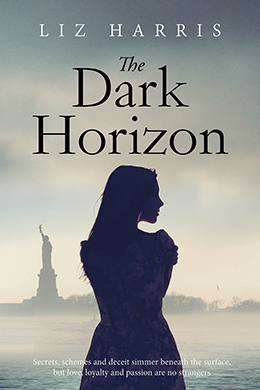
A Bargain Struck
Widower Connor Maguire advertises for a wife to raise his young daughter, Bridget, work the homestead and bear him a son.
Ellen O’Sullivan longs for a home, a husband and a family. On paper, she is everything Connor needs in a wife. However, it soon becomes clear that Ellen has not been entirely truthful.
Will Connor be able to overlook Ellen’s dishonesty and keep to his side of the bargain? Or will Bridget’s resentment, the attentions of the beautiful Miss Quinn, and the arrival of an unwelcome visitor, combine to prevent the couple from starting anew.
As their personal feelings blur the boundaries of their deal, they begin to wonder if a bargain struck makes a marriage worth keeping.
Set in Wyoming in 1887, a story of a man and a woman brought together through need, not love…
Historical Novel Society Review
“A Bargain Struck is a tale very well told. While not awash with historical detail, the reader is fully aware of place and time, and the plot of the story itself is engrossing. A thoroughly enjoyable read, full of romance and with enough treachery and intrigue to keep you rooting for Ellen until the last page.” (Katy O’Dowd. Historical Novel Society Review)
Newsletter signup
Signup to my newsletter and receive a free novel!


